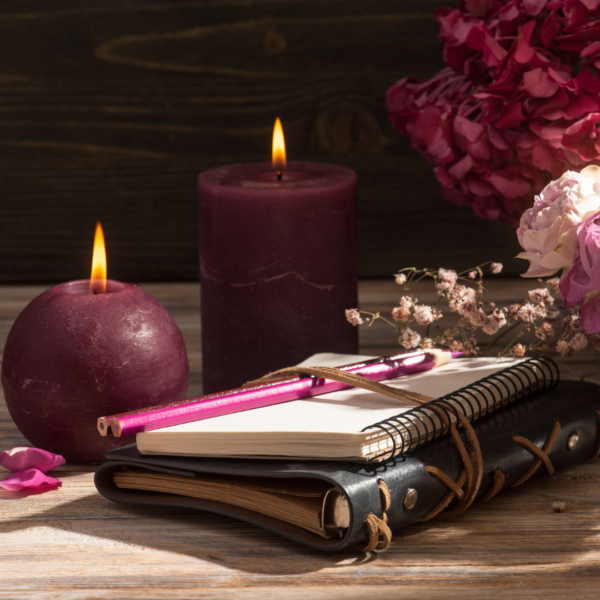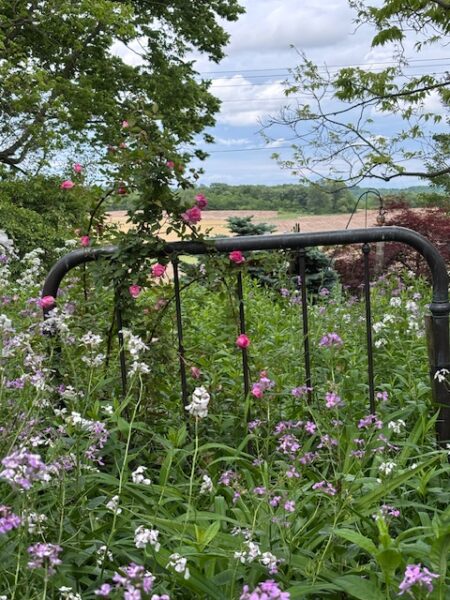 Delightful to me to be on an island hill,
Delightful to me to be on an island hill,
on the crest of a rock,
that I might often watch the quiet sea.
That I might watch the heavy waves
above the bright water, as they chant
music to their Father everlastingly.
That I might watch it’s smooth, bright-bordered shore,
no gloomy pastime, that I might hear the cry
of the strange birds, a pleasing sound.
That I might hear the murmur of the long waves
against the rocks, that I might hear
the sound of the sea, like mourning beside a grave.
That I might watch the splendid flocks of birds
over the well-watered sea, that I might see
its mighty whales, the greatest wonder.
That I might watch its ebb and flood in their course,
that my name should be–it is a secret that I tell–
“he who turned his back upon Ireland.”
—Poem attributed to St. Columcille
Dearest monks and artists,
The feast of St. Columcille was two days ago on June 9th. He is also known as Columba (which means “dove” in Latin), and is one of the three patron saints of Ireland (in addition to St Patrick and St Brigid) and was born in Co Donegal. His birth was foretold in his mother’s dream of a youth receiving a radiant cloak which spread over Ireland and Scotland.
He came from a family of Kings, but at an early age was given over to a monastery where he surrendered any royal claims he might have had, and founded many monasteries across Ireland, including Derry, Durrow, and likely Kells, and as far west as the Burren in Co Clare where there is still a holy well dedicated to him. He was also a poet and loved manuscripts.
Columcille experienced a call to leave Ireland and become an exile. He found it very painful and spent the night before his departure on what is now known as the “flagstone of loneliness.” For many of the Irish monks, this call to exile was an integral part of the peregrinatio journey, to release all that is familiar and make oneself reliant on the hospitality of strangers, to feel your radical dependency on God.
In the year 563, he travels with twelve other monks to cross the sea in a coracle and landed on a small island off the coast of Scotland, now known as Iona. It was here that he began his new work and Iona became a heart center for Celtic Christianity.
From Iona, many other monastic settlements were founded across Scotland, out to the Hebrides, while also maintaining his influence on his monasteries back home in Ireland. He was a poet and an artist who did illumination, including perhaps even some of those in the Book of Kells itself.
There is a beautiful story about his encounter with a crane. Birds were considered to be divine messengers in the Celtic world. The crane was said to be one of the first birds to greet the sunrise, the threshold time, connecting it with the direction of the east, and is associated with knowledge and wisdom. As the Druidic tradition gave way to Christianity, sometimes the term “Crane Cleric” was used to indicate great wisdom in certain priests, such as St. Columcille.
One day a crane arrived to Iona after much travel and exhaustion. It landed on the shore quite exhausted and hungry. Columcille told one of his monks that the crane had come from Ireland and to nurse it back to strength and health for three days until it was well enough to return on its own again. The bird was lovingly tended as an honored guest in the great tradition of monastic hospitality.
I love this story for its many layers. The bird is a stranger seeking refuge and hospitality, given to it freely by the monks. The crane is a symbol of thresholds and wisdom, as it lives in the border spaces between land and sea. Three days it took to be restored links it to Christ and to the sacred number of three held dear by the Celtic imagination.
Sometimes in our own journeys, we need to recognize when we are called to land for a while and seek solace and nourishment in a strange place.
With great and growing love,
Christine
Christine Valters Paintner, PhD, REACE
Dancing monk icon © Marcy Hall (prints available in her Etsy shop)



